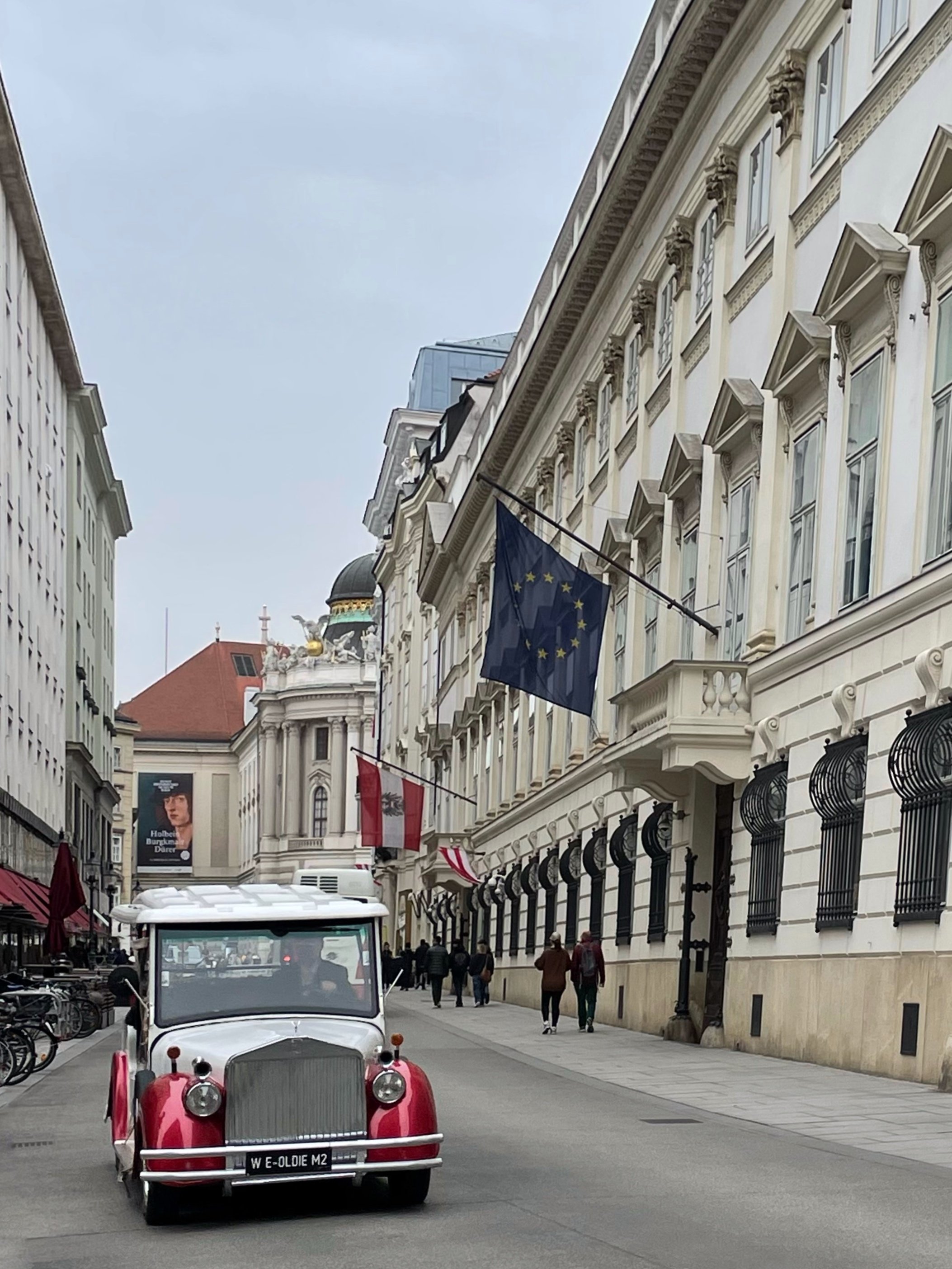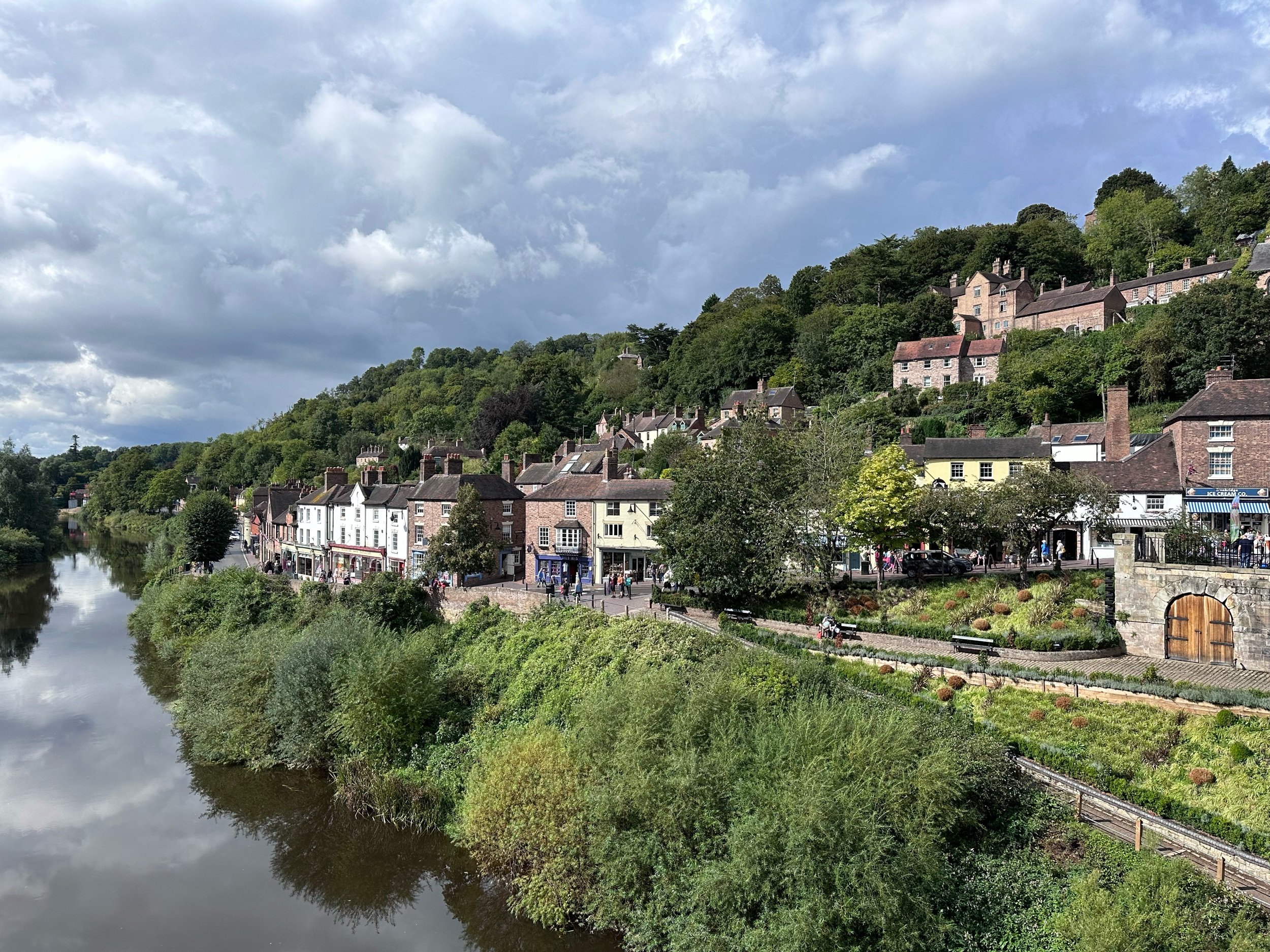Salzburg, Austria
Highlights
Hohensalzburg fortress
House of nature
Getreidegasse
Mirabell garden
St Gilgen
Why visit Salzburg?
For a picturesque alpine town with history, charm and lots of fun activities.
Getting There and Around
In April 2024 we visited Austria and Paris by train from the UK. After spending 4 nights in Vienna we used our interrail passes to travel by train from Vienna to Salzburg.
Seat reservations on this route were not mandatory and we could travel with just our interrail passes, but we opted to pay a small seat reservation fee (£2.50) to ensure we could sit together.
The train was very busy with many people standing so we were glad to have reserved seats. The journey from Vienna to Salzburg took 2 hours and 25 minutes.
In Salzburg all the main sights were close to each other and we walked everywhere. The town is also well served by buses and has a good network of cycle lanes.
Accommodation
In Salzburg we stayed in an Airbnb for 3 nights at a cost of £170 per night. This two bedroom apartment was located on the second floor of a quiet residential building. It was very well equipped for self catering with children, and the WiFi was fast, although sometimes it dropped off momentarily.
It was extremely well located, just 5 minutes walk to the town centre via the Siegmundstor tunnel.
The apartment was situated on a busy road and there was a bit of road noise but nothing too disturbing.
Our star rating: 4
Our cost rating: 3
Hohensalzburg Fortress
Hohensalzburg is the largest preserved medieval fortress in Europe. It sits on the Festungsberg mountain above the city of Salzburg.
The fort dates back to Roman times and was subsequently established by archbishops who benefited from the area’s abundance of salt (and gold) and the boats that paid tolls as they travelled through the town on the river.
The fort was surrendered to the French during the Napoleonic wars, before becoming a tourist attraction in the nineteenth century, then a prison for prisoners of war during World War One.
The funicular railway that we took to reach the fortress dates back to 1515 (when a more primitive version provided freight access). The railway looked extremely steep but the ride was quick and comfortable.
The basic ticket cost us £35 for a family of four. The basic ticket included ascending and descending the railway and access to the fortress museum and tower at the top. A more expensive ticket grants access to the armoury as well.
At the top, inside the fort, is an interesting museum explaining the history of the fortress, and all around are spectacular views of Salzburg and the surrounding mountains.
House of Nature
We had fairly low expectations for the Haus de Natur. Given that Salzburg is a relatively small city of 160,000 people, we assumed this would be a small and unsophisticated museum.
We were wrong! The museum is huge with four floors and two wings. One wing covers nature and has an excellent aquarium, an exhibition on dinosaurs, a section on the universe, and some amazing dioramas with taxidermy. The other wing has lots of interactive science exhibits on maths, force, and energy.
This was one of the best natural history and science museums we have been to. We spent hours there and still didn’t manage to see it all. It was excellent value for money as well (£30 for a family ticket).
Getreidegasse (and around)
Salzburg city centre is a delight. Getreidegasse, the main shopping street on the south bank of the river was a joy. The high end shops were over our budget, but it was fun to window shop in this pretty street. The town had lots of intriguing alleyways and grand plazas.
It was simply a pleasant place to stroll and explore. We visited during April. There were lots of tourists but it wasn’t too crowded. We could imagine that in summer it probably gets unbearably crowded and full of tourists!
We had some great meals at restaurants and cafes in Salzburg centre that are worth mentioning: a delicious Chinese dinner at Yuen, yummy ice cream from De Martin, and a lovely afternoon tea with waffles at Cafe Afro.
Mirabell garden
On the north side of the river in the older part of the town is the Mirabell Palace. The palace gardens are attractively laid out with pretty seasonal planting and water features. These gardens feature in the Sound of Music and were very busy with tourists.
Adjacent to the gardens is a public park called Kurgarten. We really liked this park and spent some time here playing and having a picnic on a sunny day.
Across the road on a Thursday at Mirabell Platz is the weekly market. This has an excellent selection of fresh produce and goods at reasonable prices.
St Gilgen
Surrounding Salzburg is beautiful alpine countryside. We visited St Gilgen, an incredibly picturesque village at the edge of the Wolfgangsee Lake.
To get there, we purchased the Freizeit ticket which gave us unlimited travel on buses in Salzburg and the surrounding region for £16 for the four of us.
We took the 150 bus from Mirabellplatz in Salzburg to St Gilgen which took just 45 minutes, making its way out of Salzburg and passing through the countryside.
At St Gilgen we rode the gondola to the top of Zwölferhorn mountain.
At £80 for the four of us, we felt this was very expensive considering there were no activities (other than hiking) at the top, and much more than we’ve paid for similar cable cars elsewhere.
The price of the gondola ride didn’t detract from the breathtaking views of the lake and the Alps though. It was amazing to be up in the snowy peaks with beautifully clear and fresh air.
Back down in town, a lot of the cafes were closed at lunchtime. The ferry on the lake wasn’t running as we visited on a weekday in early April. The ferry does run on selected weekends outside of the summer months, and all week during the summer. The water was too cold (for us) to swim in the lake. Nonetheless, we were lucky with the weather (warm and sunny) and we were glad the area wasn’t busy which we imagine it would be during summer.
We had a relaxed lunch at Liva cafe, ice creams from Fischers at the lake front, and the kids enjoyed the playground.
Visiting St Gilgen was a lovely day out and we’d highly recommend taking the time to see the stunning countryside around Salzburg.
Final Thoughts
We really enjoyed Salzburg. It is a beautiful town with an interesting history and lots of character. The buildings, plazas, views, and surrounding countryside are stunning.
There are lots of great museums - the fortress and house of nature that we visited - but also the Salzburg museum and museum of modern art which we didn’t get to also looked good.
In the summer the city hosts a music festival, and for fans of classical music there are lots of concerts in town too.
St Gilgen and the Wolfgangsee Lake were gorgeous and a real highlight of our trip. We thoroughly enjoyed being out in the beautiful countryside.
During our three days in Salzburg we spent:
Accommodation: £510
Public transport: £20
Eating Out: £160
Groceries: £70
Activities and entry tickets: £145
Total: £910 (£76 per person per day)












































